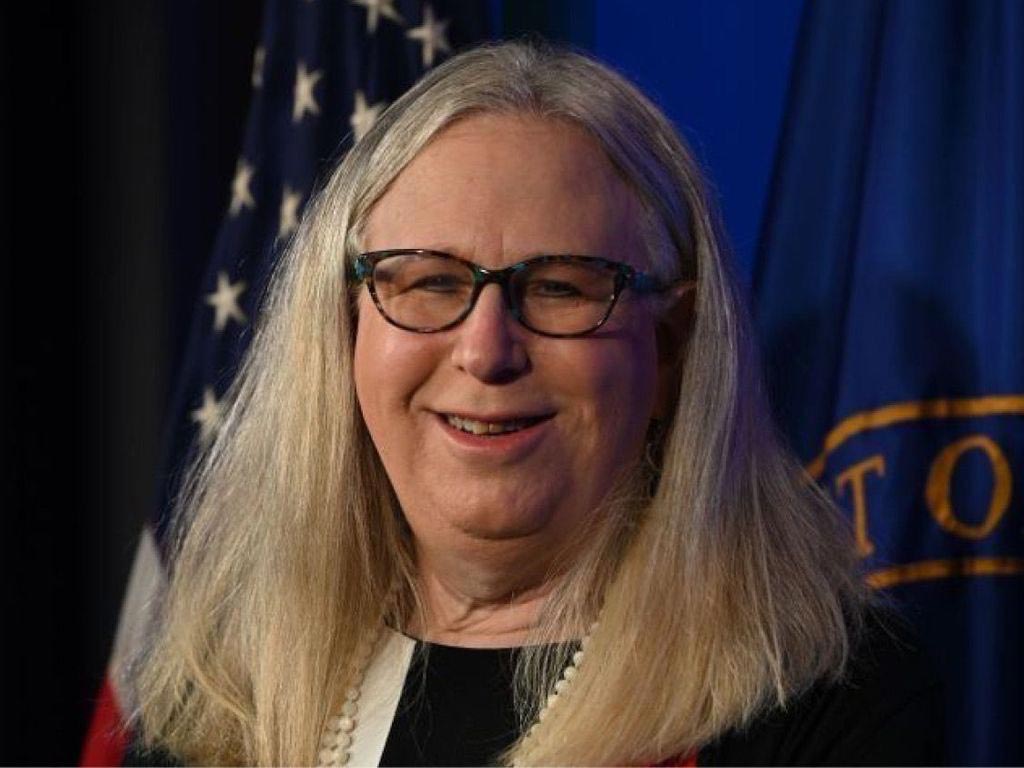National HIV Testing Day 2021

On June 27th, we observe National HIV Testing Day (NHTD) to encourage individuals to get tested and know their HIV status. This month, we also marked the 40th anniversary of the first published report on what would come to be known as AIDS. As I reflect on all the changes we’ve seen, HIV testing stands out as an area of great progress. Today, HIV testing is easy, fast, safe, confidential, and accessible in a variety of clinical and community-based settings. There are different ways and places to get tested for HIV, including at home or another preferred location with a self-test.
HIV testing is key to ending the HIV epidemic since it is a gateway to highly effective prevention or treatment services. The NHTD theme for 2021 is “My Test, My Way,” which provides opportunities to talk about available testing options and to empower audiences to choose based on their preferences and convenience. Free HIV self-testing kitsExit Disclaimer can be ordered through a CDC program that is funded in part by the Minority HIV/AIDS Fund, which is administered by my office. Some state and local health departments and community-based organizationsExit Disclaimer also provide free self-test kits.
CDC estimates that nearly 1.2 million people in the U.S. are living with HIV. Those who know their status and take HIV medication as prescribed can live long healthy lives and have effectively no risk of transmitting HIV to others. Unfortunately, approximately 1 in 8 don’t know they have HIV and are not accessing needed services to protect their health and prevent transmission.
To end the HIV epidemic in the U.S., we must support those living with undiagnosed HIV to access testing and treatment services. We also need to support those who test negative—but who have ongoing risk factors—to access HIV prevention services, pre-exposure prophylaxis (PrEP), or syringe services programs as well as periodic repeat HIV testing, as CDC recommends.
HIV testing is a core strategy of the HIV National Strategic Plan and the Ending the HIV Epidemic in the U.S. (EHE) initiative, which seek to reduce new HIV infections by 90% by 2030. Health centers in the 57 EHE jurisdictions have provided HIV tests to nearly 865,000 patients and diagnosed 3,238 who were linked to care in 30 days or less in just 11 months of work. Additionally, those health centers have prescribed PrEP to 63,000 patients who tested negative for HIV. Health departments and their community partners in these EHE jurisdictions are also implementing innovative strategies to make HIV testing accessible in more non-clinical and community-based settings.
Many of those living with undiagnosed HIV may not see a healthcare provider regularly; but research shows that they engage in a variety of health services where we miss opportunities for HIV testing and linkage to care and treatment. So, in addition to following CDC’s HIV testing guidelines for clinical settings, we need clinicians to make HIV testing a regular part of health services beyond primary care.
As we observe NHTD, please make sure you know your HIV status, and share information with your friends and family about HIV testing and how to find testing locations using HIV.gov’s HIV Services Locator.